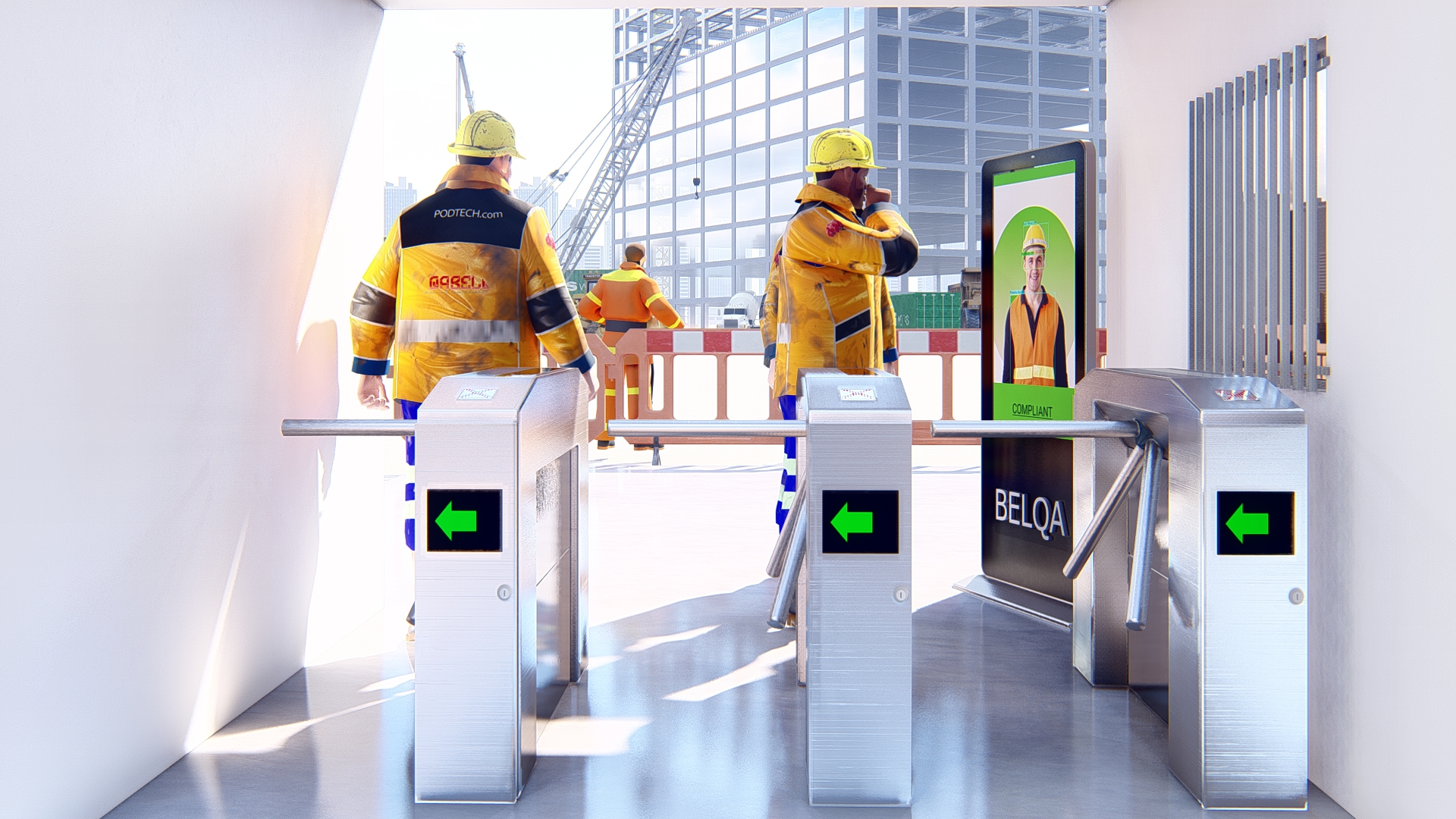
The Future of Workplace Safety: Innovative Solutions for a Safer Work Environment
Introduction
As the world rapidly evolves, so does the landscape of workplace safety. In this blog post, we will explore the future of workplace safety and the innovative solutions that pave the way for a safer work environment. One such groundbreaking solution is Life Safety, a cutting-edge platform designed to revolutionize safety management. Join us as we delve into the exciting advancements and possibilities that Life Safety and other innovative technologies bring to the future of workplace safety.
The Rise of Smart Technologies
Smart technologies, such as Internet of Things (IoT) devices and wearables, are transforming workplace safety. Discuss how Life Safety utilizes IoT integration to monitor and detect potential hazards in real-time, enabling proactive risk mitigation. Explore the benefits of wearable devices that track vital signs and environmental factors, providing early warnings and reducing the likelihood of accidents. Highlight how these technologies empower businesses to anticipate and prevent safety incidents before they occur.
Artificial Intelligence for Predictive Safety
Artificial Intelligence (AI) is revolutionizing workplace safety by enabling predictive analytics. Discuss how Life Safety leverages AI algorithms to analyze historical safety data, identify patterns, and predict potential risks. Explain how this capability allows organizations to take proactive measures and implement targeted safety interventions. Emphasize the role of AI in identifying trends, optimizing safety training programs, and continuously improving safety practices.
Virtual Reality for Immersive Safety Training
Virtual Reality (VR) has emerged as a powerful tool for immersive safety training. Discuss how Life Safety incorporates VR technology to create realistic simulations of hazardous scenarios, allowing employees to practice safety protocols in a controlled environment. Highlight the advantages of experiential learning, increased engagement, and improved retention rates. Show how VR-based training can prepare employees for real-life situations and instill a safety-conscious mindset.
Data Analytics and Insights
Data analytics play a crucial role in shaping the future of workplace safety. Explain how Life Safety’s robust analytics capabilities enable organizations to gain deep insights into safety performance. Discuss the importance of data-driven decision-making, identifying safety trends, and measuring key performance indicators (KPIs). Highlight how organizations can leverage these insights to continuously improve safety protocols, address underlying issues, and foster a culture of safety.
Integration of Safety Management Systems
The future of workplace safety lies in seamless integration of safety management systems. Discuss how Life Safety acts as a central hub, integrating various safety processes, from incident reporting to compliance management. Emphasize the benefits of streamlined workflows, improved communication, and real-time collaboration among stakeholders. Illustrate how this integration enhances organizational efficiency, ensures regulatory compliance, and promotes a comprehensive approach to workplace safety.
Conclusion
The future of workplace safety is exciting and promising, thanks to innovative solutions like Life Safety. As technology continues to advance, organizations have the opportunity to create safer work environments through IoT integration, AI-powered predictive analytics, immersive VR training, and data-driven decision-making. By embracing these innovations, businesses can proactively mitigate risks, enhance safety protocols, and foster a culture of safety that protects employees and drives overall success.

